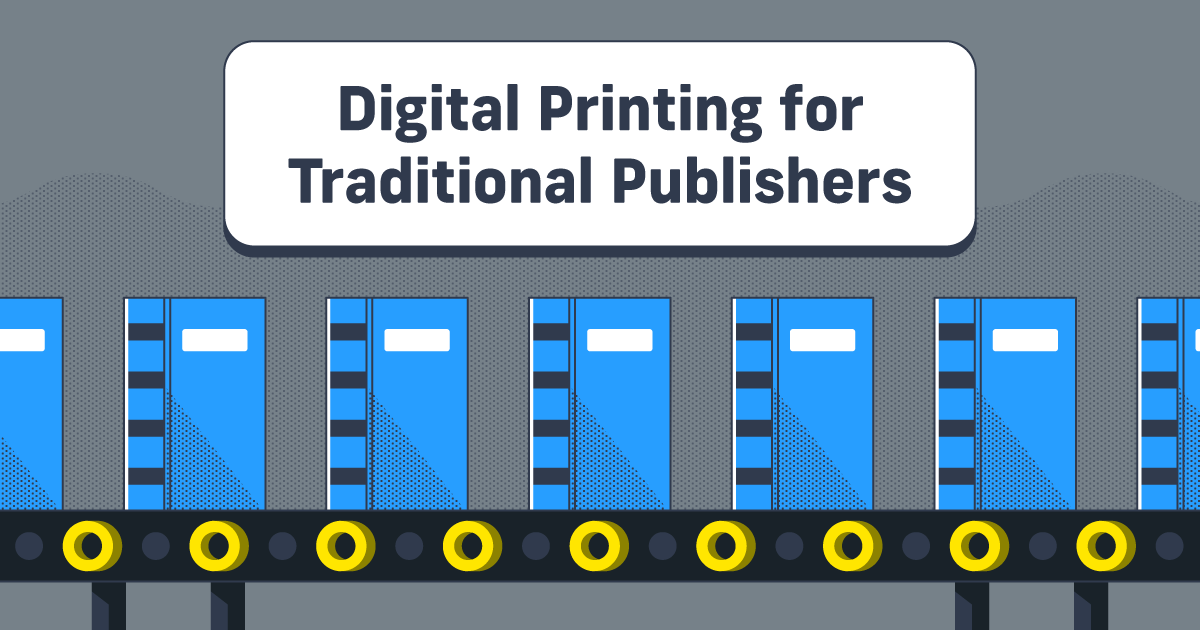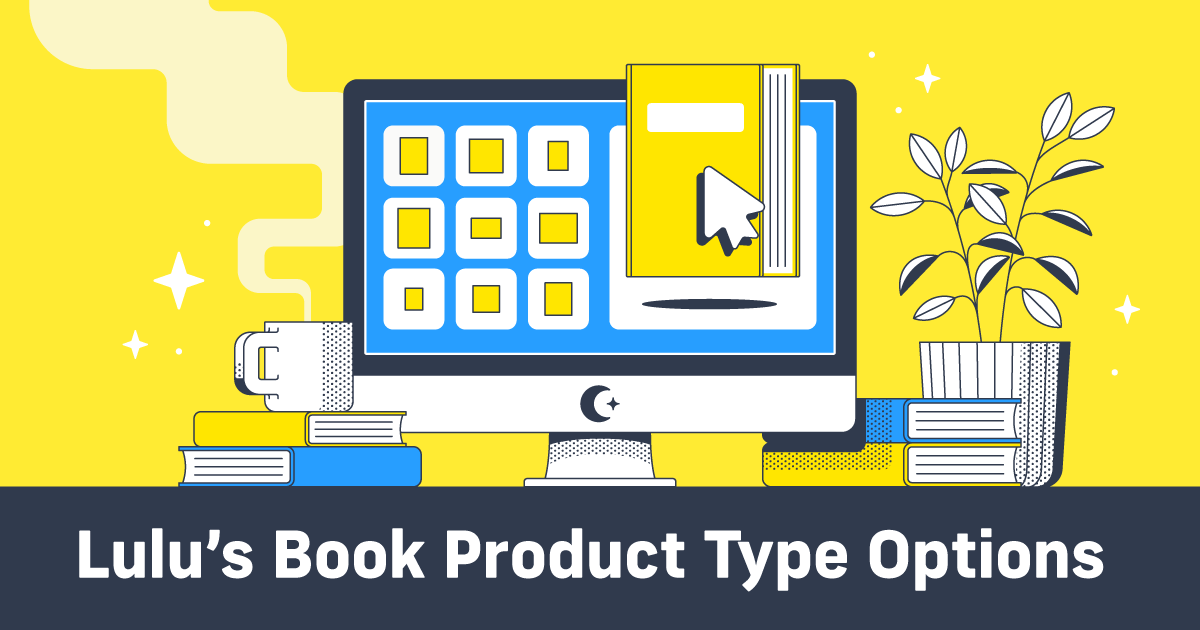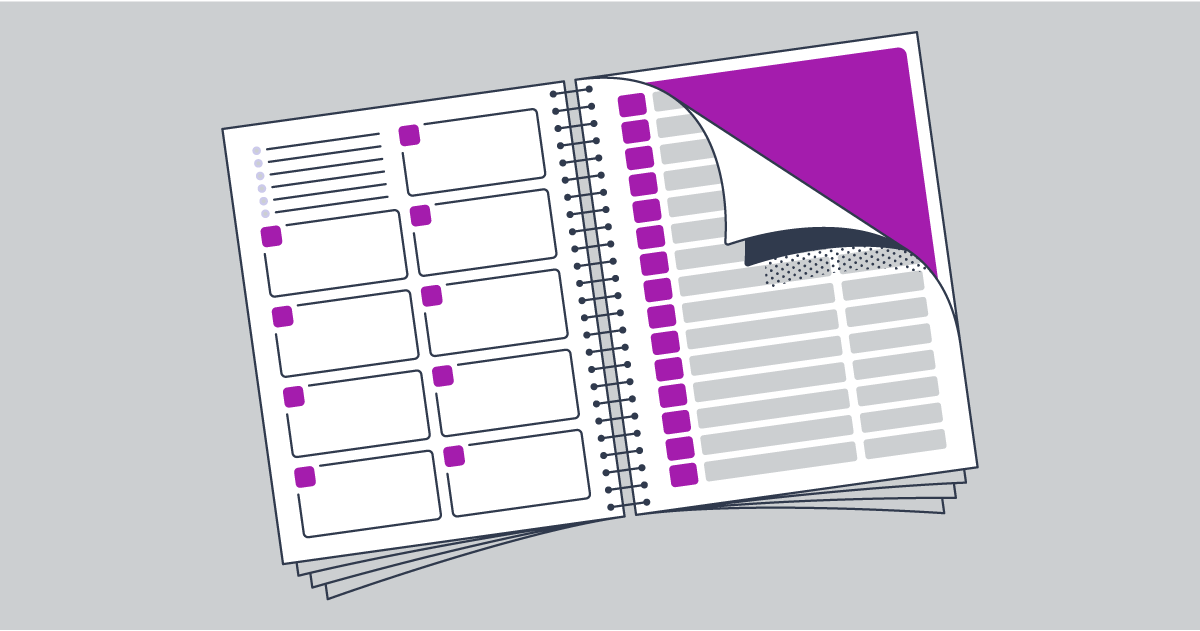Digital Printing for Traditional Publishers
Historically we’ve looked at offset printing and digital printing as either or; either you commit to the traditional offset print run or you opt for print-on-demand digital printing. But in today’s publishing industry, and as we look ahead, is it time to reconsider how publishers use the technology and tools at hand?
What if, instead of viewing them as opposite ends of the spectrum, we consider the ways digital printing complements and supplements traditional offset book printing?
Benefits of Digital Printing
Of course, offset printing is still the best solution in many traditional publishing scenarios—nobody is suggesting that the next Rebecca Yarros or Sarah J. Maas book would be better off printed on-demand than in a bulk print run.
But not every new release is going to sell over a million print copies in the first week. Some titles sell through their print run slowly but steadily over months, even years. Some never do, but still maintain passive sales over time. Some books lurk on the backlist, or even on the cusp of being out-of-print, for years before unexpected virality or cultural relevance launches them back into demand. And some never sell through their original print run at all.
Sometimes it just isn’t logistically or economically viable to print, ship, warehouse, and destroy thousands of copies of a new or old title. That’s where print-on-demand comes in.
Conduct Risk-Free Market Research for New Authors
As ebook sales continue to rise steadily year over year, publishers may find themselves re-evaluating print book runs for debut authors or authors that have an established ebook or digital subscription audience. But since consumers are still buying print books by the millions, eliminating print editions may not be the best option either.
By making print-on-demand editions available for digital-first titles, publishers leave product demand in the hands of consumers. That can serve as a successful margin recovery strategy, eliminating upfront costs and excessive material waste. It also gives publishers the opportunity to test the market for interest in print editions. Real-time sales data can help inform decisions on future print runs, special editions, and contract renegotiations.
Give New Life and Longevity to Backlist Titles
Out-of-print doesn’t always mean out-of-demand! Some titles sell through their print run at a slow but steady pace; while the market interest still exists, the demand isn’t high enough to justify a full offset reprint.
Print-on-demand makes it easy to keep out-of-print titles available to consumers without the upfront cost of a print run, the need to warehouse unsold inventory, or relying on bookstores to stock older titles on limited shelf space.
In fact, digital printing is a great solution for backlist titles, regardless of existing inventory. Evergreen academic titles, niche interest subjects, seasonal content with cyclical ebbs and flows in demand—print-on-demand is an easy way to keep all kinds of titles available to consumers without having to manage the production, cost, or storage.
Manage Excess Inventory, Waste, and Expense
An unfortunate reality of offset printing has always been the waste: wasted expense, wasted material, wasted inventory, wasted energy, and carbon emissions.
Print-on-demand products reduce both financial and environmental waste significantly. Books are only printed as needed—after being paid for by the consumer—eliminating the need to pay upfront for print runs, cutting down on material waste, and significantly reducing the need to warehouse overstock.
And by cutting down excess inventory and excess product waste, we’re significantly reducing the heavy environmental impact traditional publishing has had in the past. Books aren’t being produced in bulk from overseas printers, trucked to warehouses, then bookstores and distributors—only to be returned, unsold, and inevitably pulped or sent to a landfill. The fulfillment and delivery is cut down to simply: books are shipped from the printer to the buyer.
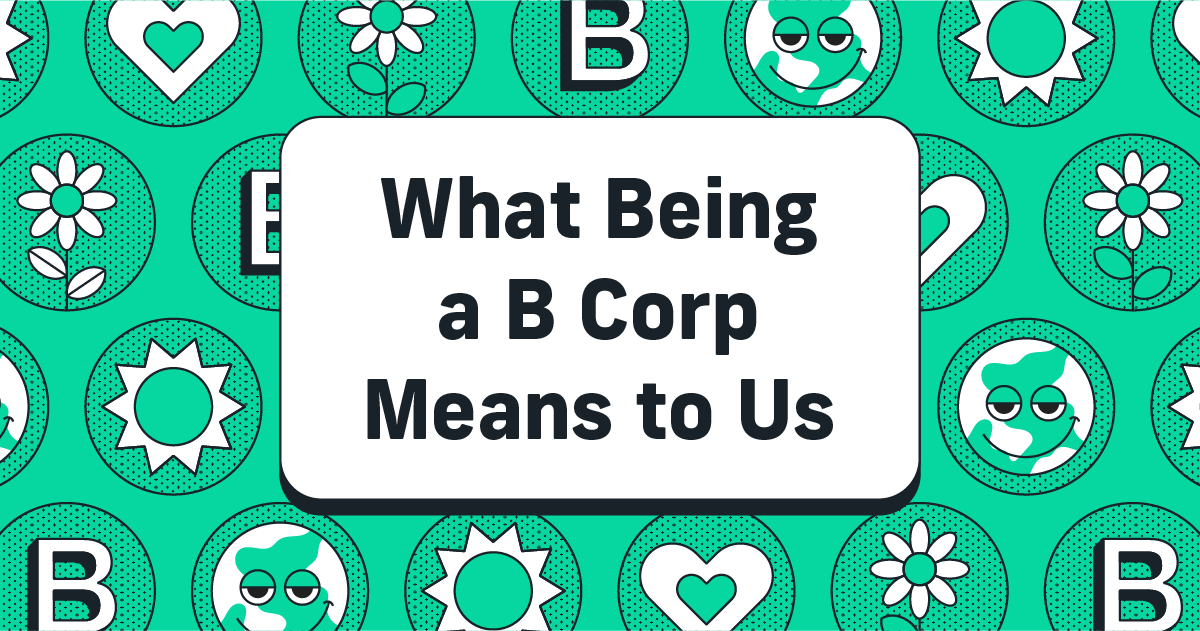
Increase Speed to Market
Offset printing doesn’t happen overnight. Print run production can take weeks, sometimes months, and that doesn’t even account for shipment and delivery time.
Good quality digital printing doesn’t happen overnight either—any printer that cares about quality will take the time to allow the ink to dry and the glue to cure instead of rushing book production. But print-on-demand books take days, not weeks. Projects can go from print-ready PDF to professionally-bound print book in readers’ hands in, on average, two weeks.
Rushing production isn’t always a good thing—there is, of course, a reason traditional publishing timetables plan ahead in months and years. But sometimes, whether capitalizing on a time-sensitive topic or answering an unexpected spike in demand, being able to bring a title to market in weeks, not months, can make all the difference.
Plus, with Lulu’s global print network, your books can also reach readers around the world with the same expediency as local consumers. Let the legal department figure out foreign rights licensing at their own pace; in the meantime, international readers can still order titles from your authors.
Quickly Update and Revise Published Editions
That same speed to market doesn’t only support bringing new or in-demand titles to readers faster—it also helps publishers make minor (or major) updates and revisions on the fly.
Readers found a typo on page three? Marketing wants to add a teaser chapter for an upcoming release in the back matter? Specific tools recommended by the author have become outdated, but not enough to warrant an entire revision or reprint? No problem. Just upload a new print-ready PDF with the revisions, and your digitally printed books are updated!
New print orders will instantly reflect those changes, and the revised books will hit the market without delay. And of course, because the books are printed on-demand, there will be little to no inventory waste to dispose of.
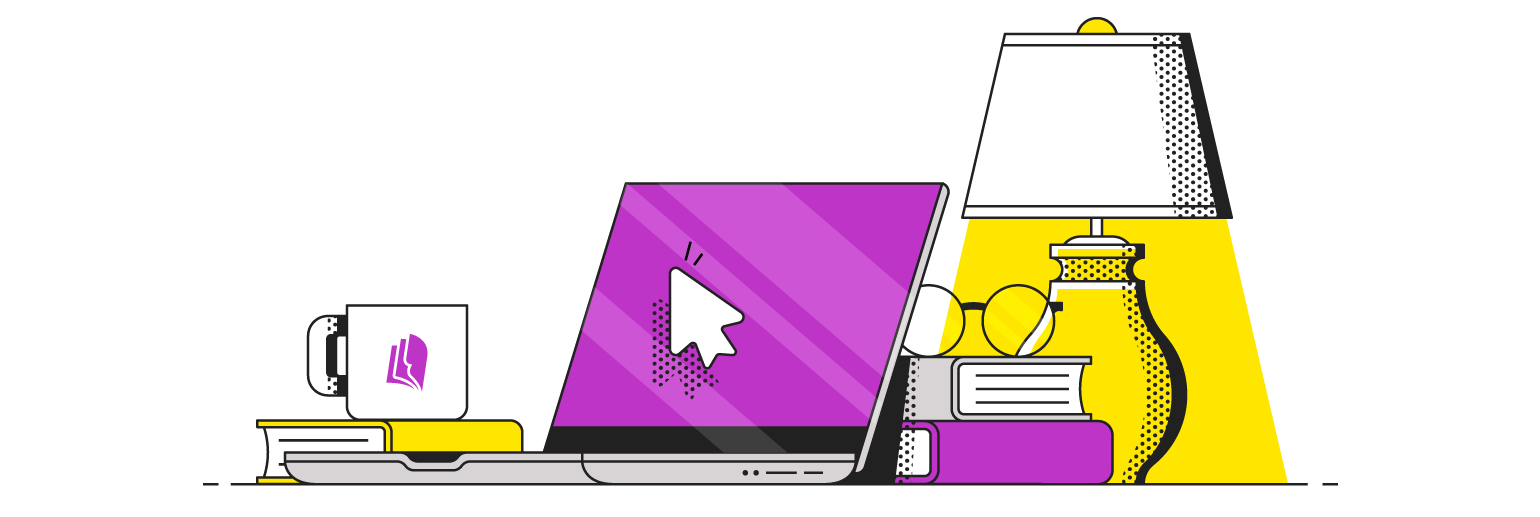
Your Free Lulu Account
Create a Lulu Account today to print and publish your book for readers all around the world
Support Sales, Marketing, and Publicity Efforts
“Print-on-demand books are lower quality than offset-printed books,” is an outdated myth. These days, digitally printed books done right can be indistinguishable from traditionally printed books. Even in the event that an offset print run is a better option than print-on-demand, having the ability to quickly produce a high-quality, low-quantity print book can be invaluable.
Maybe the sales reps want to have a few sample copies for an upcoming meeting with a bookstore. Maybe the creative department is experimenting with a new cover format and wants to see the design in action before printing thousands of copies. Maybe ARCs are running late, or went to print before a few key details were added to the content, but a major promotional opportunity is on the table, and publicity needs polished print copies in-hand as soon as possible.
There are myriad scenarios, both in-house and with outside outlets, where having access to one or two copies of a high-quality print book can be a game-changer. Whether you need one copy, five, fifty, or five hundred copies, digital printing makes that not just possible, but easy.
Future-Proof Your Publishing Strategy with Print-on-Demand
There will always be situations in which offset printing makes more sense than digital printing, but that doesn’t mean we have to keep treating them as conflicting processes. Integrating digital printing into a traditional publishing model is the perfect modern solution to keep books accessible, affordable, and in the hands of readers worldwide.

